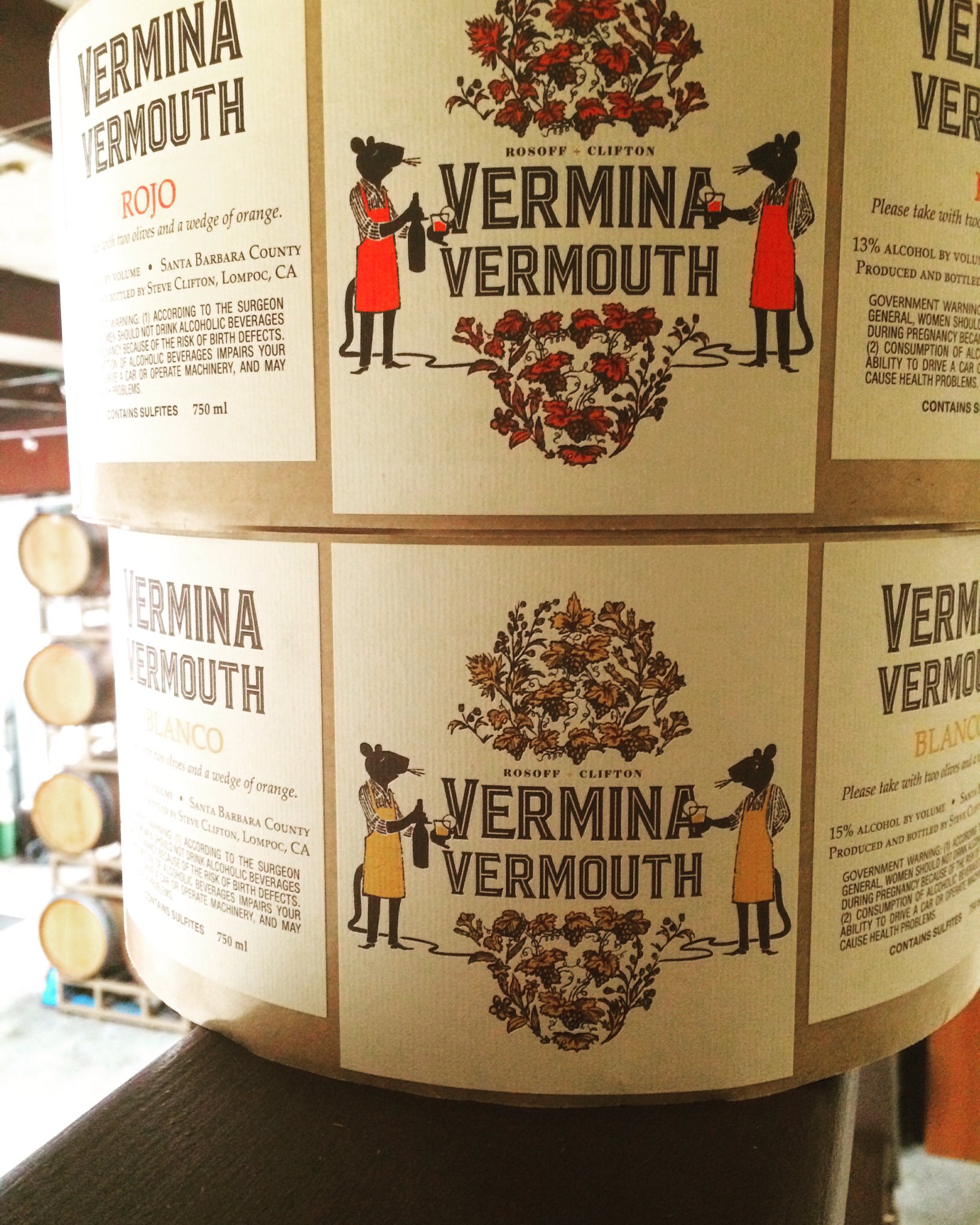Spanish wine is good no matter where it comes from. I should say, wine made with Spanish grape varieties is good all over, especially when the grapes are Tempranillo.
A recent Los Angeles tasting event for TAPAS –
Tempranillo Advocates, Producers and Amigos Society – was a hit, hosted by the great L.A. wine educator
Ian Blackburn of
WineLA.
In case you are unaware, TAPAS is "a nonprofit trade association of wineries, growers, and amigos, whose mission is to promote Tempranillo and other varietal wine grapes native to the Iberian Peninsula, and wines produced from them in North America." The group has been around since 2006, doing their best to raise awareness of these food-friendly wines.
An invitation was kindly extended to me, and here are a few of the wineries that were poured for me at the event. The trade session I attended was held at
Republique, while the public session that evening was at
La Brea Bakery.
Lake County
Six Sigma Ranch and Winery - Winemaker
Matt Hughes said that despite his Lake County estate’s "hot, dry, weather and volcanic soil, it’s hard to get fruit overripe." The reserve Tempranillo is dark and delicious, while the Cab/Tempranillo blend has bright red fruit.
Napa Valley
Irwin Family Vinetyards - These wines are made by
Derek Irwin with grapes grown in the Sierra Foothills. The '14 Verdejo has a huge green apple component in a wash of savory notes. The Tempranillo and Tempranillo blends make great steak wines, with grips like an arm wrestler.
Lodi
St. Amant Winery -
Stuart Spencer's Amador County wines are delightful. The '14 Verdelho is all steely grapefruit, while the '13 Touriga is big and juicy. The '13 Tempranillo has chewy tannins and a long finish, while his NV Tawny is viscous and Madeira-like.
Central Coast
Verdad Wines -
Louisa Sawyer Lindquist poured her '15 Edna Valley Albariño, which is laden with the chalky limestone soil of the EV. It’s floral, it’s savory, it has wet rocks and citrus and it’s well worth checking out.
Monterey County
Pierce Ranch Vineyards - Showing off their newly-established AVA, the San Antonio Valley, it's more like Paso Robles than Monterey, where it is the southernmost property. Their oak/steel Albariño is vibrant, while the unoaked version shows dramatic salinity. Oak leaves a big vanilla mark on the '14 Verdelho while the Tempranillo, Touriga and Graciano deal out a nice mix of leather and flowers.
Santa Barbara County
Longoria Wines -
Rick Longoria poured two excellent Tempranillo blends, one with Grenache and another with Merlot, a spot of Syrah in each. The Santa Ynez Valley offerings put forth some beautiful floral tones and a wild savory kick that I just love.
Oregon
Abacela -
Earl Jones’ Umpqua Valley wines included the '13 Albariño, with its beautifully floral nose and salinity on the palate. Their '12 Port-style wine shows big fruit and is very sweet, using five Portuguese grape varieties.
RoxyAnn Winery -
Kent Barthman’s Rogue Valley Tempranillo 2012 is masculine with big red fruit on the nose and a wonderful, savory finish.
Texas
T
exas Fine Wines poured four wonderful Tempranillos that show just how far the Texas wine industry has come. From Brennan Vineyards’ rich and smoky finish to the juicy, ripeness of Pedernales Cellars, to the delicious oak expression of Bending Branch Winery’s High Plains Tempranillo to the Riojaesque savoriness of Spicewoods Vineyards, Texas winemakers have found a grape they can call their own.
Follow Randy Fuller on Twitter

